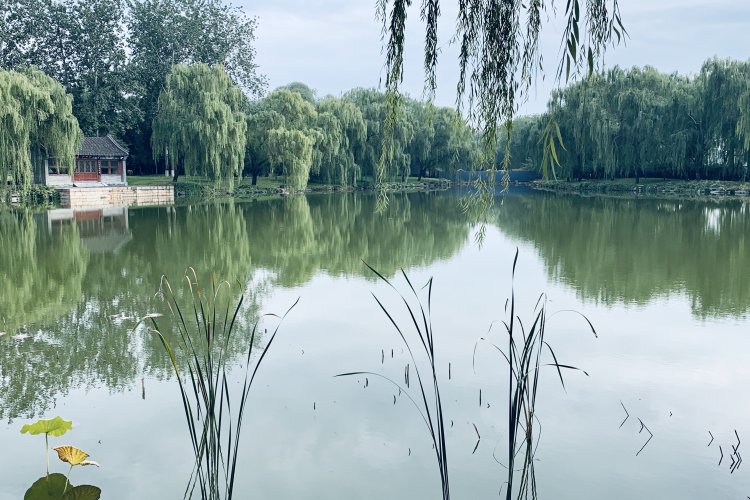Getting to Know Your Beijing Neighbors: E.T.C. Werner
Why is he important?
Perhaps best known today as the adopted father of one of the city's most famous murder victims, Edward Thomas Chalmers Werner (1864-1954) had a long -- and colorful -- stint as a diplomat and then gained fame as a Sinologist. His Myths and Legends of China, published in 1922, was long considered THE definitive work on Chinese folklore published in a Western language.

Anything else?
Werner worked as a diplomat in China for over 25 years, serving in postings in major ports like Guangzhou, Tianjin, and Jiujiang, as well as smaller outposts in Guangxi, Hainan, and Fujian. It was a steady, somewhat undistinguished career, with rumors that Werner's temper and occasional flashes of antisocial behavior may have contributed to his retirement from the consular service in 1914. Certainly, Werner could be tenacious when he thought he was right about something, and most contemporary descriptions of his personality suggest that he fell somewhere between "Prefers keeping to himself" to "Kind of a dick."
What’s his connection to Beijing?
Like many British diplomats in China at the time, Werner's first posting was as a student-interpreter, a kind of glorified internship, at the British Legation in Beijing. Following his retirement, Werner and his (much younger) wife Gladys settled in Beijing and, in 1919, adopted a baby girl, Pamela, from the Catholic orphanage near South Cathedral in Xuanwumen. The family -- minus Gladys, who passed away at age 35 a few years later -- lived at #1 Armor Factory Alley (盔甲厂胡同 kuījiǎchǎng hútòng, although the address has since been divided up and is used for commercial purposes today). He spent his retirement researching Chinese myths and legends and being an older single dad, while Pamela grew up riding bikes through the hutongs, learning Chinese, and enjoying life as a Beijing ex-brat.

What else should I know about his life?
Pamela was brutally murdered in 1937 in a case made famous by Paul French's best-selling book Midnight in Peking, and Werner spent the rest of his life trying to find her killers and bring them to justice. He even took his obsession with him when he, along with most other British citizens living in Beijing, were forced into prison camps by the Japanese occupation forces during World War II. After the war, Werner returned to Armor Factory Alley, but life in Beijing was changing fast, and he returned to England in 1951, one of the last British non-diplomats to leave the city following the revolution.

Anywhere I can visit?
Armor Factory Alley, the Fox Tower, the Legation Quarter, and the Badlands -- all the major locations in the life (and death) of Pamela Werner can be visited today, but only some look as they did in the 1920s and 1930s. There is an audio tour (and map) that you can download, or for the full experience, check out the Midnight in Peking tour, based on the best-selling book by Paul French and enhanced by the research of local historian Lars Thom and his team at Beijing Postcards.
What if I want to read more?
Midnight in Peking is still one of the best English-language non-fiction books set in Beijing. It's a must-read for anyone living here. Werner's Myths and Legends is an excellent resource for those interested in Chinese traditional folk tails despite having been published over a century ago.
About the Author
Jeremiah Jenne earned his Ph.D. in Chinese history from the University of California, Davis, and taught Late Imperial and Modern China for over 15 years. He has lived in Beijing for nearly two decades and is the proprietor of Beijing by Foot, organizing history education programs and walking tours of the city, including deeper dives into the topics covered in this series.
READ: Getting to Know Your Beijing Neighbors: Sengge Rinchen
Images: Vincent R. Vinci, Wikipedia, Unsplash







